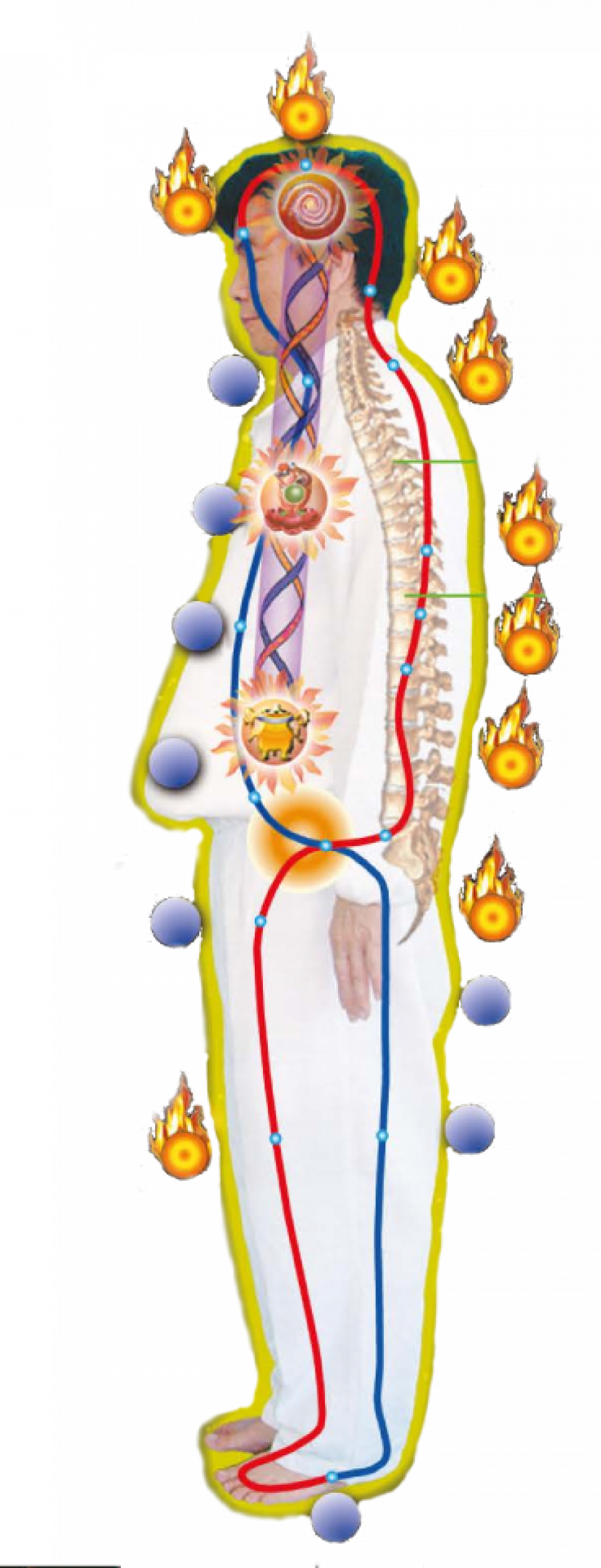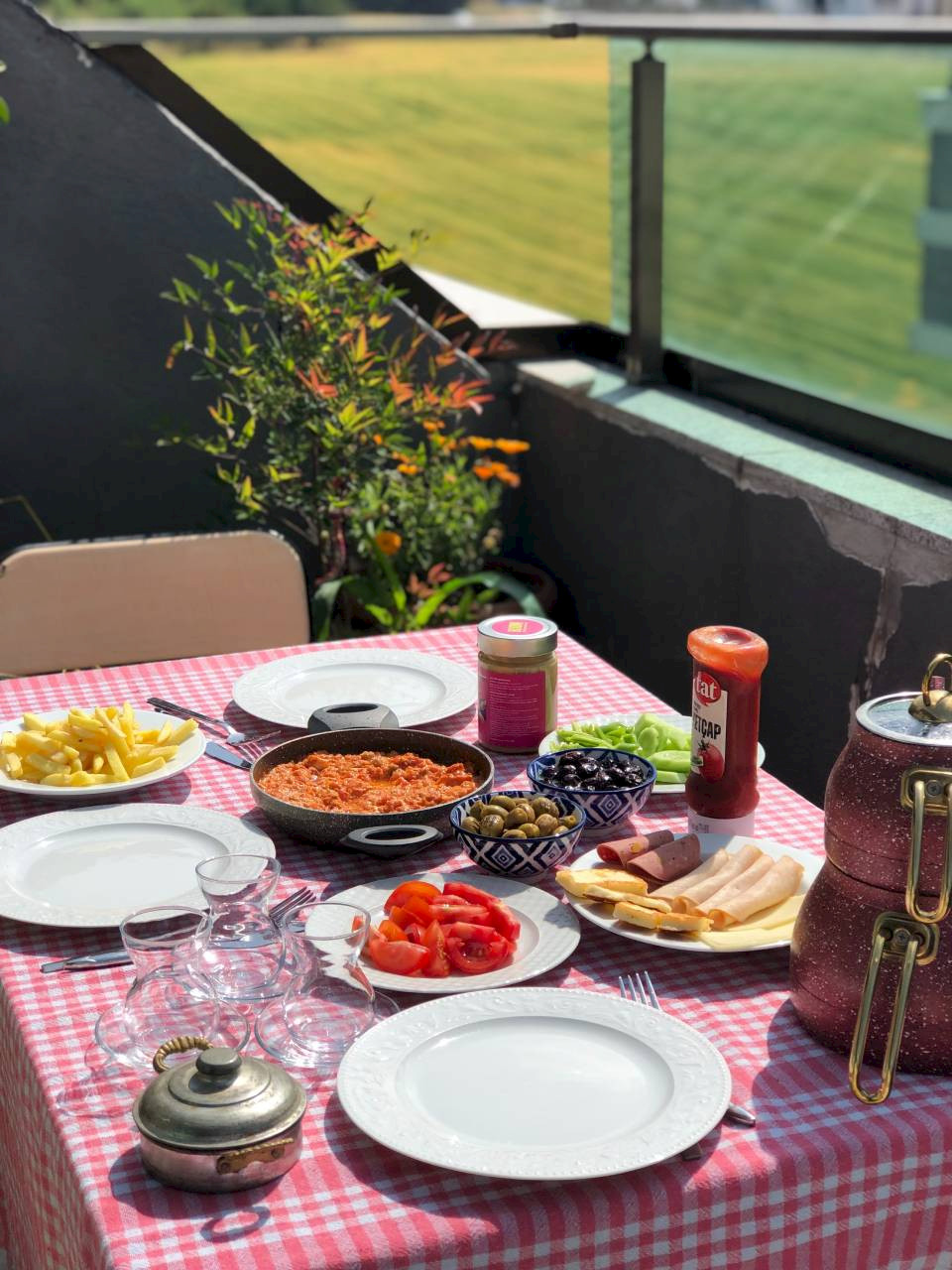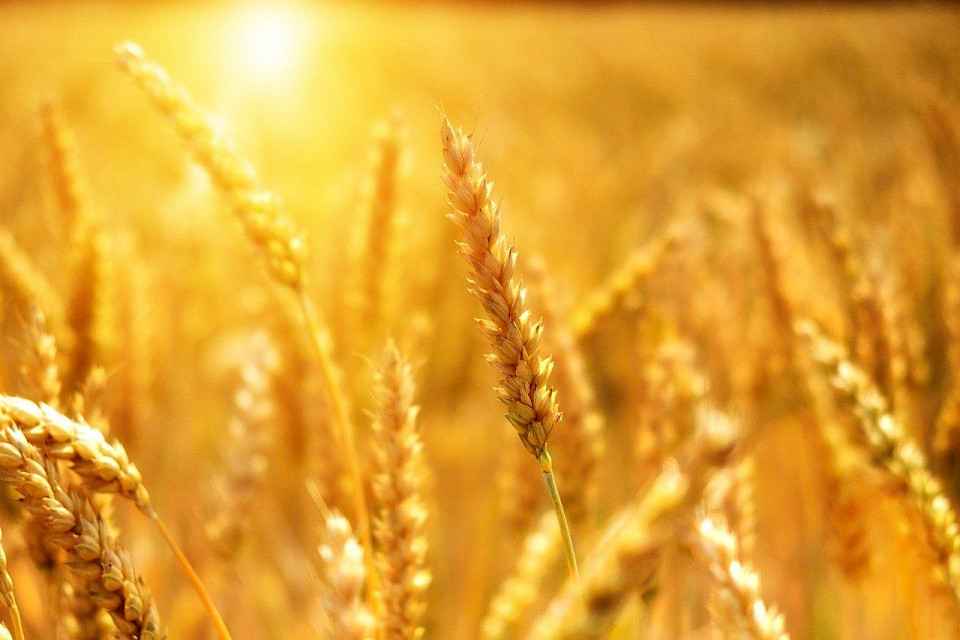

What actually is Chi?
Chi (or Qi) is regarded in Taoist lore as the universal life energy or energy of the spiritual. The philosophical origins of a Chi current that also flows through the body go back to very early Chinese traditions.
According to TCM (Traditional Chinese Medicine), the human body is believed to have five functional circuits or so-called 'elements' within. These correspond to a flow of energy that runs partly on the surface of the body and partly within the body.
According to the Taoist view, the most important channels are the “Conception Vessel” (Yin) and the “Governing Vessel” (Yang). These channels of energy flow are called “pathways” or “meridians”. Illness is a product of the disruption of this harmonious flow.
According to the traditional Chinese view, disease can be caused by, among other things, lack of Chi flow, stagnation, lack of Chi itself, or depleted Chi. That is not being discharged.
Traditional Chinese Medicine attempts to cure physical illness through various practices by balancing the flow of Chi in the body. Some of these techniques include herbal medicine, special diets, exercise and nutrition teachings, and acupuncture.
Chi is explained as the substance that makes up everything. Everything is Chi, but in different manifestations, sometimes more material - then it is called Jing, the essence that is stored in the kidneys and nourishes fertility, defense, and the brain. Or sometimes in a very subtle form - then it is called Shin or consciousness.
For every transformation process and movement, you need Chi. Chi transforms into blood, and blood is the carrier of chi. Chi warms the body, keeps the organs in place and, in the form of "Defense Chi”, protects the body from the invasion of pathogenic factors.
Chi is named differently depending on its context; at the same time, the same word is used for different functions. Our whole life, so to speak, is made up of Chi; everything requires Chi.
Therefore, understanding its production is extremely important.

Chi in the digestion
Chinese medicine understands digestion as a continuous process of extracting chi from food. It is an extremely complex process of absorption, transformation and elimination, and many organs are involved.
Eating is sensual. We see, smell, feel, hear and taste when we eat.
The more we stimulate our senses through proper preparation and serving, the more energy the food will give us. How bland food tastes when you have a cold, when the food has become a muddy mush when reheated, when the food is served up unaesthetically or unkindly!
The digestive process begins when our mouths water at the sight and smell of the food. The enzyme ptyalin, which is produced with the saliva, already causes the first decomposition of the carbohydrate chains in the mouth. Ptyalin needs a slightly alkaline environment to be able to fulfil its task of dissolving the starch.

It is therefore aggravating to eat acidic foods together with carbohydrates, so forget about orange juice in the morning. Once the food enters the stomach, the spleen immediately reports the essence of the food to the organs. Taste is the essence, the purest energy of food.
This very subtle taste energy, according to Chinese medicine, is conducted through the spleen's transport function to the organs to nourish them. The sour travels to the liver, the bitter to the heart, the pungent to the lungs, the salty to the kidney, and the sweet stays with the spleen.
Therefore, all five tastes should be present in a balanced meal. This function of the spleen causes the instantaneous comforting feeling that comes from eating a light, cooked food.
The stomach becomes warm. In China, they say lighting the stove. One feels how the whole body relaxes pleasantly and fills with new strength. This process is a particularly subtle aspect of digestion, in which very pure chi reaches the organs.
The five colors are also an expression of the five elements. In Asia, a lot of emphasis is placed on the color composition of the food, because we can also stimulate digestion with it.
As the saying goes, “The eye eats with the food”. The smell of the food also causes the absorption of Chi. This “heavenly” chi absorbed through breathing is also very fine. The coarse-matter part of digestion continues in the stomach after the initial pre-digestion in the oral cavity. The stomach acid dissolves the protein chains, fats, and carbohydrates are digested in the small intestine, mainly with the help of the liver and pancreas.

The Sea of Grain
The Chinese refer to the stomach as the “sea of grain and fluids”. While it has the task of receiving, digesting and transporting the food pulp, the spleen provides energy for digestion, distributes the purest chi extracted from the food to the organs and transforms chi into blood. The pre-digested food pulp is transported from the stomach to the small intestine, where chi continues to be extracted from it. Some of this chi extracted from the food by the small intestine also goes to the spleen, from where it is distributed: some goes to the kidneys.
The food residues are sent to the large intestine and the bladder for excretion. There, the last parts that can still be utilized are filtered out of the stool and urine. All residues that cannot be further utilized are excreted. Chi thus arises from the digestion of food, although of course one also consumes chi for this process itself. It is obvious why food should contain chi and be easily digestible. If possible, do not eat anything ice-cold in the stomach, do not eat raw food too often and do not always eat the same food. Frozen products and microwaved foods are almost chi-less, and you feel weak and tired after eating them.
With the help of the explanation of the so-called “triple warmer”, it becomes clear which energy sources are available to the body as a whole and how they are interconnected.
Wolfgang Heuhsen